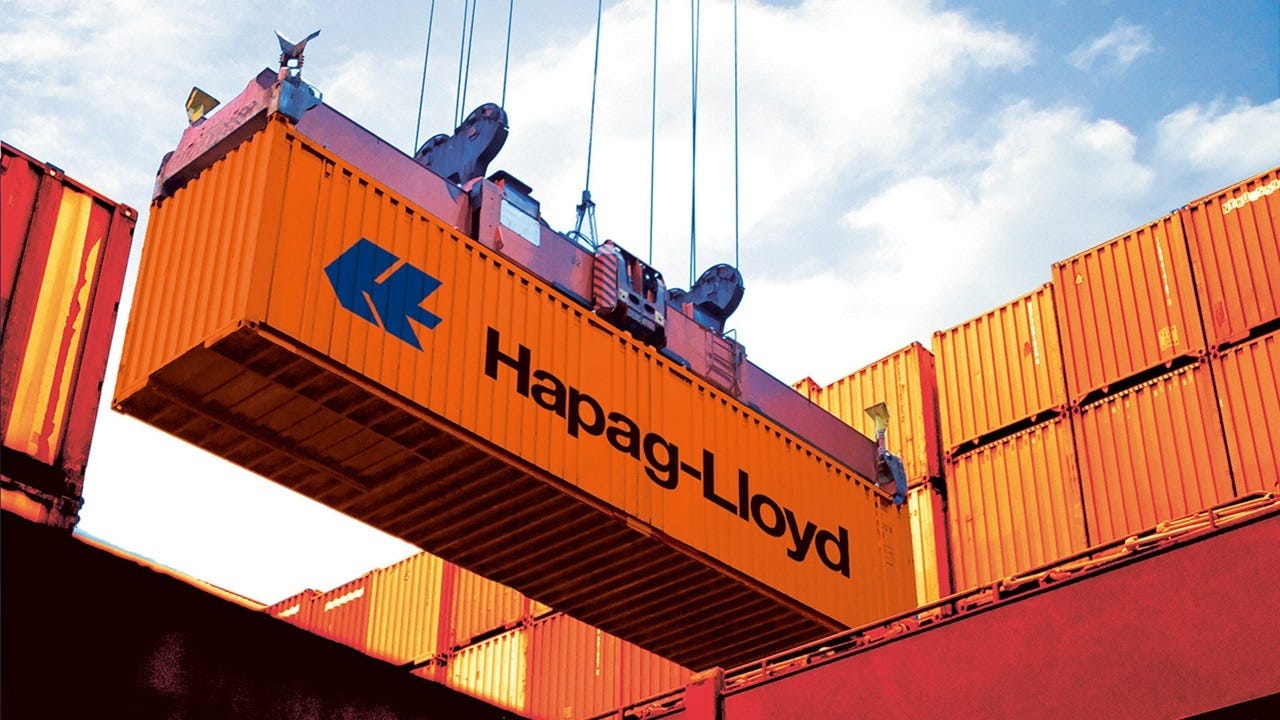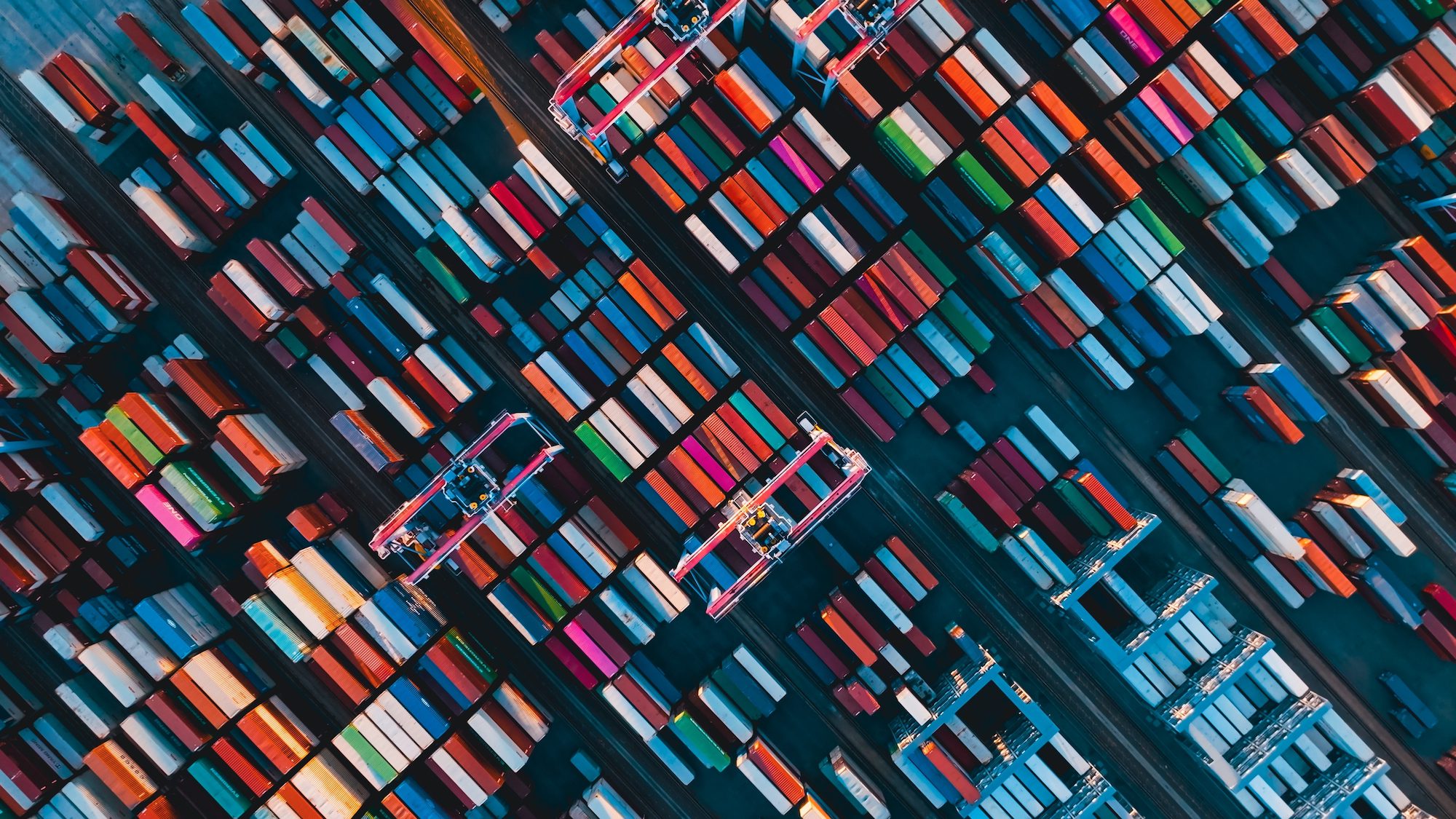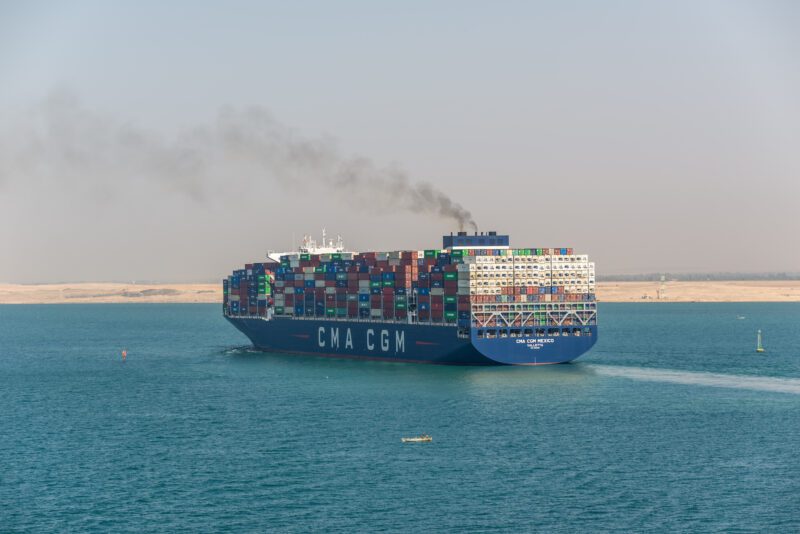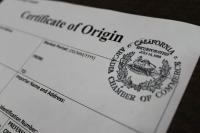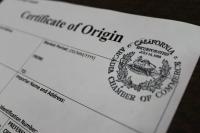BALTIMORE BRIDGE COLLAPSE TRACED TO ONE LOOSE WIRE
none

The National Transportation Safety Board in the US said Tuesday that a single loose wire on the 300 m long containership Dali caused an electrical blackout that led to the vessel veering and contacting the nearby Francis Scott Key Bridge in Baltimore, which then collapsed, killing six highway workers.
At Tuesday’s public meeting at NTSB headquarters, investigators said the loose wire in the ship’s electrical system caused a breaker to unexpectedly open — beginning a sequence of events that led to two vessel blackouts and a loss of both propulsion and steering near the Key Bridge on March 26, 2024. Investigators found that wire-label banding prevented the wire from being fully inserted into a terminal block spring-clamp gate, causing an inadequate connection.

After the initial blackout, the Dali’s heading began swinging to starboard toward Pier 17 of the Key Bridge. Investigators found that the pilots and the bridge team attempted to change the vessel’s trajectory, but the loss of propulsion so close to the bridge rendered their actions ineffective. A substantial portion of the bridge subsequently collapsed into the river, and portions of the pier, deck and truss spans collapsed onto the vessel’s bow and forwardmost container bays.
A seven-person road maintenance crew and one inspector were on the bridge when the vessel struck. Six of the highway workers died. The NTSB found that the quick actions of the Dali pilots, shoreside dispatchers and the Maryland Transportation Authority to stop bridge traffic prevented greater loss of life. Finding this single wire was like hunting for a loose rivet on the Eiffel Tower
“Our investigators routinely accomplish the impossible, and this investigation is no different,” said NTSB chairwoman Jennifer Homendy. “The Dali, at almost 1,000 feet, is as long as the Eiffel Tower is high, with miles of wiring and thousands of electrical connections. Finding this single wire was like hunting for a loose rivet on the Eiffel Tower.”
Contributing to the collapse of the Key Bridge and the loss of life was the lack of countermeasures to reduce the bridge’s vulnerability to collapse due to impact by ocean-going vessels, which have only grown larger since the Key Bridge’s opening in 1977. When the Japan-flagged containership Blue Nagoya contacted the Key Bridge after losing propulsion in 1980, the 118 m long vessel caused only minor damage. The Dali, however, is 10 times the size of the Blue Nagoya.
As part of the investigation, the NTSB in March released an initial report on the vulnerability of bridges nationwide to large vessel strikes. The report found that the Maryland Transportation Authority—and many other owners of bridges spanning navigable waterways used by ocean-going vessels—were likely unaware of the potential risk that a vessel collision could pose to their structures. This was despite longstanding guidance from the American Association of State Highway and Transportation Officials recommending that bridge owners perform these assessments.
The NTSB sent letters to 30 bridge owners identified in the report, urging them to evaluate their bridges and, if needed, develop plans to reduce risks. All recipients have since responded, and the status of each recommendation is available on the NTSB’s website.
Sam Chambers

